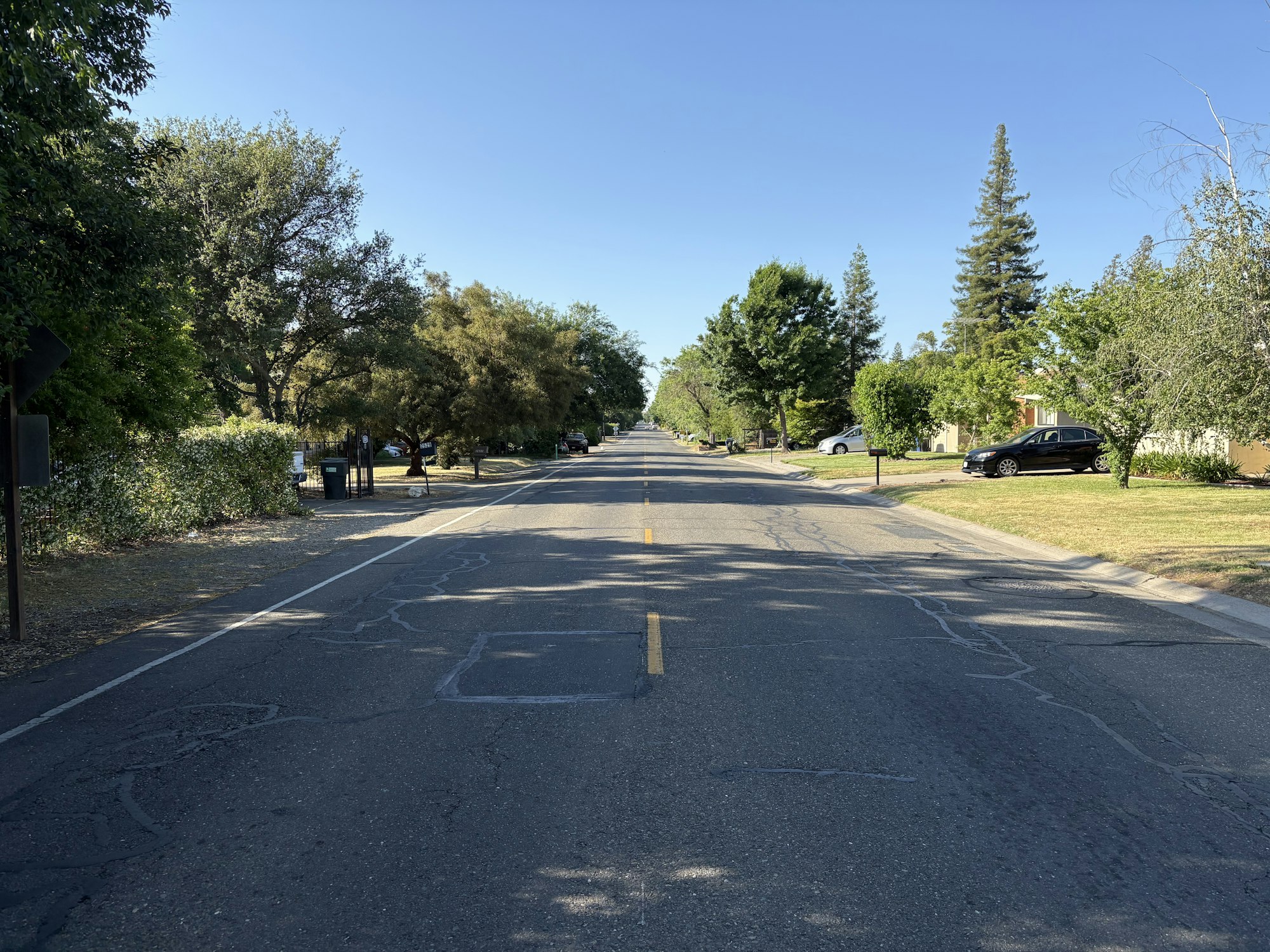Time to smash old boundaries
Over the years those of us at the Advocates for Arden Arcade have heard from other parts of the county's vast, urbanized, unincorporated UnCity that they have municipal service and governance issues like ours. We do not want to exclude them from our quest to improve the local area. We have always felt a kinship with our neighboring unincorporated nowherelands. Their struggles are our struggles. To the powers that be, they are as invisible and voiceless as we are. We are all pretty much in the same boat, up the creek and without paddles. We have so much in common. We share the same bad roads - like Fair Oaks Blvd, El Camino and Marconi. We have vacant or largely-vacant commercial eyesores like Mike's Market and Country Club Center, law enforcement shortcomings from the CHP and the Sheriff, sidewalk gaps, transit inadequacies, on and on. Our neighborhoods rely on the District 3 Supervisor and a bunch of county departments for our municipal government. Yet, somehow, the arbitrary boundaries that separate us - be they census data buckets, zip code-driven postal services areas, county workload boundaries, or the center lines of streets - have become real firewalls that divide us. And it's been that way since early in the 1900s.

Let's get real. If we are serious about creating a viable city with a substantive population and business base, we need to get over any post-war nostalgia that leads us to cling to old community names and boundary line loyalties that no longer reflect 21st Century realities. Maybe we need a new city that combines neighborhoods in Arden Arcade as well as Carmichael, one that can foster the local economy and raise the quality of life in both places.
The fact is, the unincorporated areas of Carmichael and Arden Arcade were developed on property obtained by a couple of businessmen whose primary interests were financial. Carmichael was developed on land acquired by Daniel Carmichael, who created and sold 10-acre parcels and later served as treasurer for the City of Sacramento and the County. Arden Arcade was the creation of Orlando Robertson, a native of Pennsylvania who later lived in Arden Hills, MN. Around 1910 he became interested in land development in California. He organized the United States Farm Land Company, with a general office in Sacramento and offices in Winnipeg, St. Paul and Denver. He named his Sacramento County land after Arden Hills, MN. He also developed land in Chowchilla.
Carmichael and Robertson were not heroic pioneering icons. They were businessmen. The communities that eventually evolved into Carmichael and Arden Arcade were their early 20th Century business investments. It is long past time to continue our fealty to their creations. Instead, it is time to create a modern city; a city that recognizes all that we have in common, can leverage our strengths, will respond to our 21st Century needs and provide the services we currently lack. We need leadership that is directly responsive to our neighborhoods and local business interests, one that provides better streets, better community-focused planning, and law enforcement activity targeted to specific neighborhood needs and effective at the community level. In short, we need to come together and create a vibrant new city that reflects our shared interests and vision for the future.
New residents of Carmichael and Arden Arcade have no loyalty to old boundary lines. They simply want better streets, safer neighborhoods and people they can go to who have direct authority to solve problems. A city that incorporates our intertwined and inseparable neighborhoods would have more power not only to solve problems, but also to have clout in decision making at the countywide, regional and state levels.
Old political resistance needs to come to an end if we ever hope to solve our common problems and create an entity with real clout and a better future. Isn't it time to move beyond nostalgia for times long past? Can we not join together and incorporate our communities for mutual betterment? For that matter, what about other adjacent unincorporated communities like, say, Foothill Farms?
